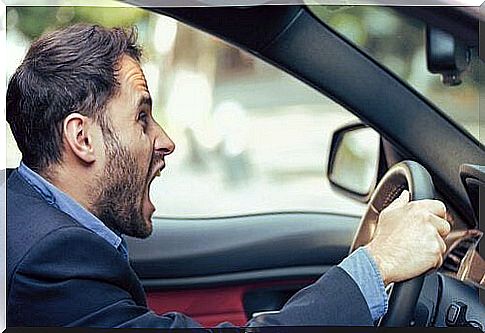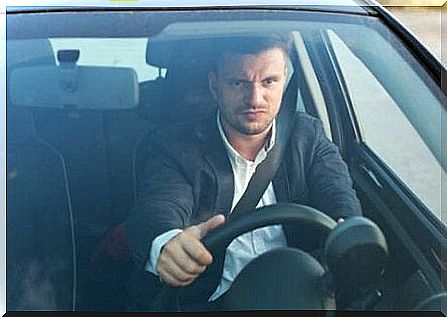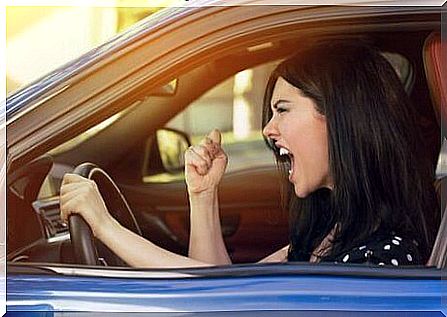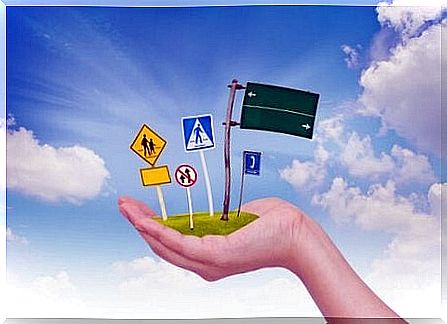Fiery In Traffic – A Lack Of Impulse Control

There are many variables that determine whether you will end up in a car accident. Some depend on the vehicle or place, and others depend on the driver. The driver’s experience is very important, as well as how skilled they are behind the wheel. But the driver’s personality and emotional state also play an important role. Poor impulse control and negativity can often lead to irritability in traffic.
One problem that is directly related to accidents is being hectic in traffic. If the person driving is in a bad mood or has a negative attitude, it increases the risk of a traffic accident.
Impulsivity behind the wheel
For some people, driving is more than a simple form of transportation. In fact, for many people, the car is like their second home because they spend so much time there. Their car is like a metal shield. The driver feels protected because it makes them feel immune to the aggression outside.

People who are passionate about traffic have an impulsive personality. When they get in the car, their negative attitude causes them to do things that go against social norms and behavior.
If you have a hostile personality and you are in a stressful situation, the odds are high that you will not react well. This is what happens to people who are hectic in traffic. As you can see, it is not just the temperament of the individual. External factors are also part of the picture. Things like external noise, the condition of the road or the weather can all affect an already angry driver.
Fiery in traffic: External factors
External factors related to being hectic in traffic are the things that happen that the driver can not control. For example, traffic jams, no parking lots or people breaking traffic rules.
These things can increase the driver’s stress and anxiety. This in turn will increase their hostile behavior and make them agitated in traffic. But not everyone needs significant external stimuli to get angry behind the wheel. The decisive factor in whether the driver will react aggressively is their emotional state.
Fiery in traffic: Internal factors
The internal factors have to do with the driver’s mental and physical condition. In other words, their emotional state and ability to concentrate on what they are doing.
For example, if you wake up in a bad mood that stresses you out or makes you angry right away in the morning, you are more likely to be hectic in traffic. The same stimulus can provoke different reactions, depending on the driver’s emotional state. A driver who cuts in front of you and immediately apologizes for his behavior is very different from a driver who uses rude language and reacts with anger.

8 keys to help you avoid being hectic in traffic
To prevent your mind from gaining the upper hand when you drive, keep in mind the following suggestions:
- Respect traffic rules. Not only will you be less likely to get into an accident, but you will not provoke hostility in other drivers and pedestrians.
- Control the helplessness and anger you feel when other drivers do stupid things. Will yelling at them and insulting them really solve anything?
- Be polite while driving, just as you are when you are not behind the wheel.
- Remember that the road you drive on is for everyone. As such, there is a set of rules that everyone must respect. We share the road with thousands of people who also have a bad time, are tired of driving, and are tired of traffic jams and impatient drivers. Respecting everyone along the way is crucial.
- Remember that driving a car is not a competition. It is a means of transport.
- Practice tolerance and solidarity when sitting behind the wheel.
- Plan your trip in advance. Find a realistic travel time and add a little extra time if you experience traffic jams or accidents. If you have plenty of time, you are less likely to become stressed or anxious.
- Make sure the environment in the car is calm and peaceful. Avoid loud noises, quarrels or shouting. It will help you feel more relaxed and you will more likely drive better.
Driving training is a solution to traffic agitation
On the road, as in life, you do not know everyone’s circumstances. You can not know if the driver in front of you has had a bad day or has a headache. Remember that everyone is different, and not everyone has the same experience along the way. Some people do not have very fast reflexes, or they are just distracted. The most important thing is that everyone behaves respectfully and politely.

Experts believe that the solution to being hectic in traffic is better driving training. They think we need clear messages that reach the general population, especially the small ones. They also say that schools must include this topic. We should explain the consequences of violating the Road Traffic Act to young children.
Finally, driving training must start at home. It’s a perfect way to avoid being hectic in traffic and make sure it’s not the example we set for our children.








